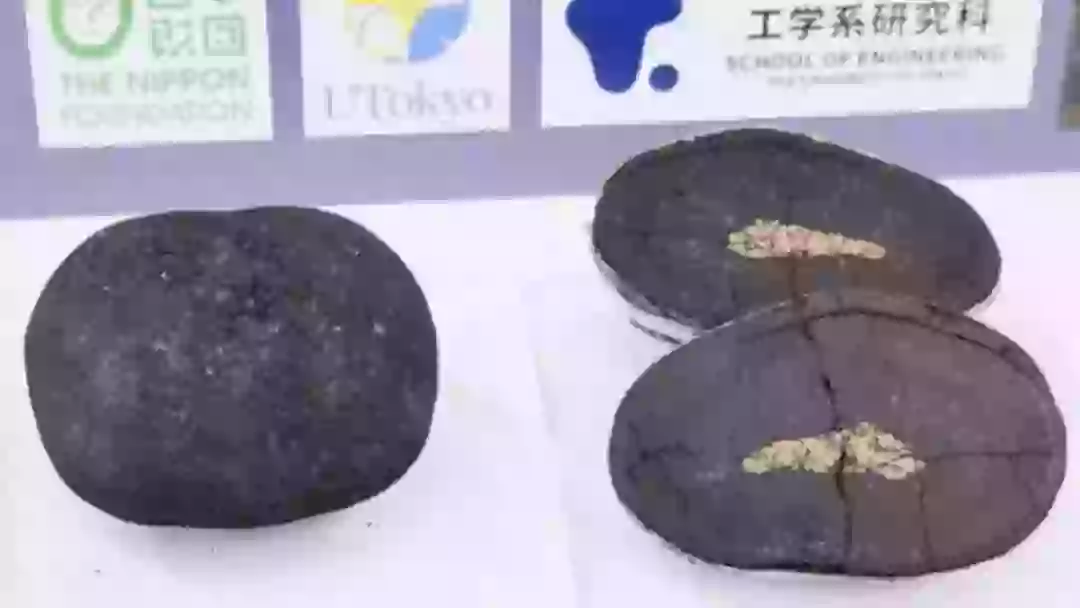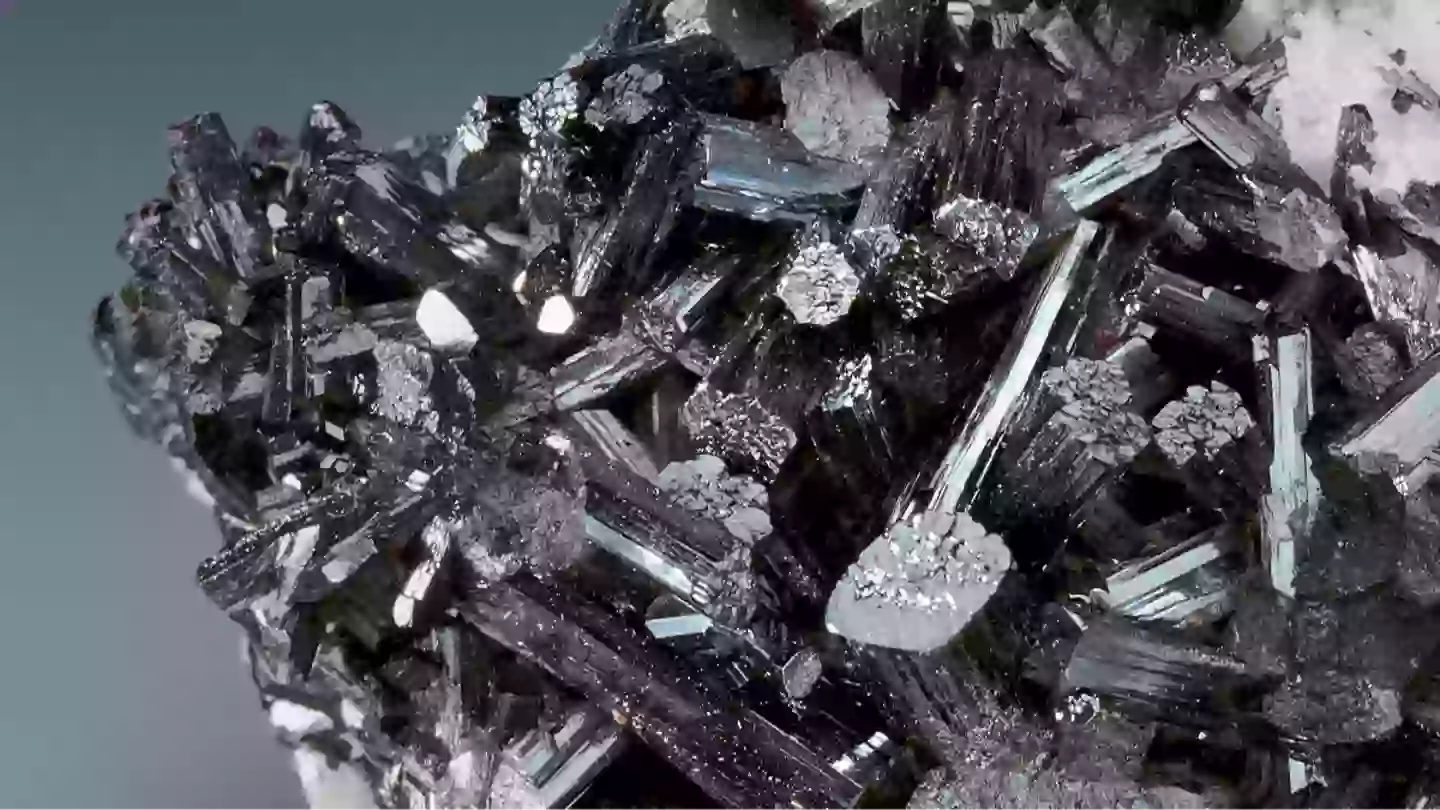As Japan works toward achieving carbon neutrality by 2050, the nation is making substantial investments in hydrogen technology – viewing it as a potentially transformative global sector.
As part of this green energy transition, which involves allocating more than $107 billion to hydrogen-based solutions, Japanese researchers have engineered a more cost-effective alternative to the precious and costly metals traditionally required for hydrogen generation.
The breakthrough involves manganese, a rare earth element discovered beneath the ocean floor near Minami-Tori-shima island – located approximately 1,200 miles from Japan’s metropolitan center.
Researchers located an extensive field of concentrated manganese nodules approximately 5,700 meters beneath the ocean surface, containing substantial quantities of cobalt and nickel measured in millions of metric tons.

These formations are believed to have developed across millennia as oceanic metals became attached to fish skeletal remains and accumulated on the seafloor, as reported by Nikkei Asia.
Nearly a decade after this initial discovery, researchers at the RIKEN Institute have successfully modified manganese’s molecular composition, enabling its application in hydrogen generation through PEM electrolysers – an acronym for proton exchange membrane technology.
This represents a groundbreaking advancement that can generate ten times more hydrogen during the manufacturing process when compared to traditional metals such as platinum or iridium.
Due to the cobalt and nickel content within these manganese formations, the material proves valuable for manufacturing electric vehicle batteries, aircraft engines, industrial turbines, and various chemical processing applications.
Geological assessments of the seafloor region indicate approximately 610,000 metric tons of cobalt reserves and 740,000 metric tons of nickel deposits, representing extraordinary economic value.
Current market data from Trading Economics shows cobalt trading at $24,300 per metric ton, while nickel commands $15,497 per metric ton.

Through basic calculations, the cobalt reserves hold a value of approximately $14.82 billion, while the nickel deposits are valued at roughly $11.47 billion.
This produces a combined estimated value of $26.29 billion.
Naturally, commodity markets experience volatility, meaning these minerals may command higher or lower prices depending on market conditions.
Pricing fluctuations also respond to supply and demand dynamics within the electric vehicle sector and energy storage markets.
During the April-May period of the previous year, research teams identified approximately 230 million tons of these valuable minerals following comprehensive surveys of 100 underwater locations using remote-controlled submersible technology.
Consequently, the manganese discovery has already justified Japan’s substantial financial commitment to this research initiative.

